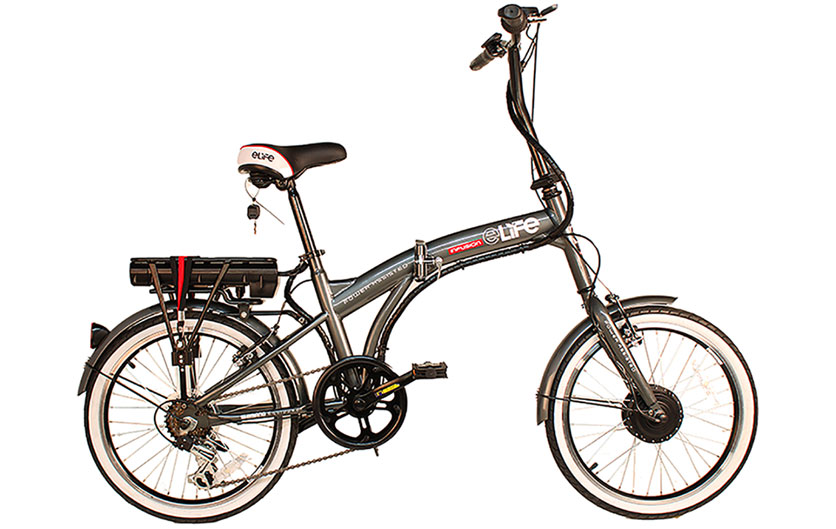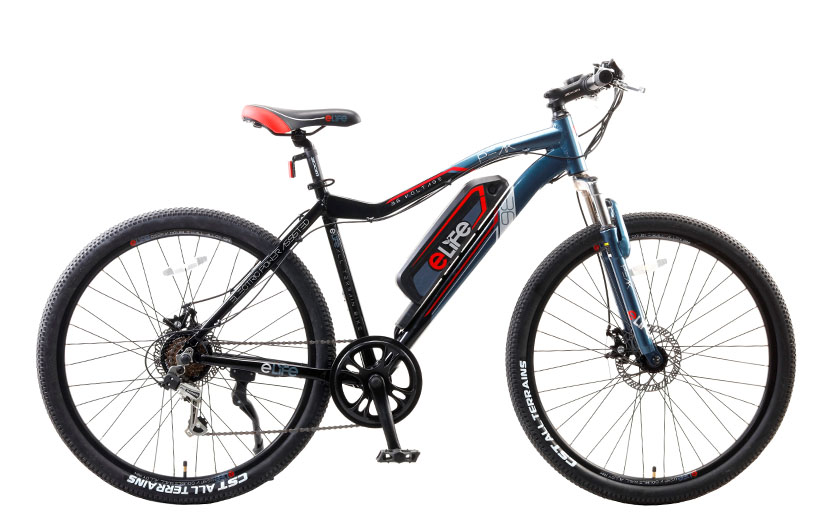eBikes buying guide
Why An E-bike Might Be The Right Choice For You
What Is An E-bike?
The important thing to realise is that e-bikes as we now know them aren’t electric mopeds where you twist the throttle and speed away, they are more correctly known as ‘pedal assist’ bikes. This means you still have to power them and spin your legs, it’s just that the electric motor will give you some help to stay at speed, or get away from traffic lights, or cycle up hills
What types of electric bike are available?
Thanks to developments in electric motor technology and the design of electric bikes they are now available in almost as many types and styles as conventional bikes.
Electric Mountain Bikes
These are aimed at making that technical climb more achievable, that long fire road drag a little less of a drag and it won’t have an impact on your Fun.
Electric Road Bikes
Whilst not as common as mountain or hybrid versions, they are getting the electric treatment. With sleeker integrations and lighter models becoming more widely available, this is a category that will only get bigger.
Leisure and Recreational Bikes
Whether you are a cyclist or not, old or young, out to enjoy the views and get some fresh air.
Commuting and Folding Bikes
Helping you get from A to B less sweaty, quicker, and refreshed. most fold for easy storage either as work or at home
For more information read our electric hybrid bike buying guide.
How do electric bikes work?
Modern electric bikes all use very similar systems to provide assistance when pedalling. These can be in the form of a hub or bottom bracket mounted motor. This means that sensors register when the pedals are turning and power is provided from brushless motors. This works in a similar way to how a turbo works on a car, the pedalling part being the normal petrol engine moving you along as normal with the turbo providing extra power on top.
How do I control an electric bike?
All electric bikes will have some kind of control unit; this can be found in the form of a handlebar mounted computer, on the battery or in some cases even controlled via a smart phone app. The handlebar mounted computers are very similar to a normal bicycle computer providing information about speed, distance and more electric bike specific things like remaining battery life and give you control over the level of assistance required.
The more advanced smart phone based systems offer a fully customisable system, allowing you to set your assistance based on the GPS data of your route. Luckily most manufacturers systems are a basic plug and play which means you can get the most out of your electric bike without having to touch a button.
What battery will I need for the electric bike?
The battery is probably the most important part of an electric bike. Batteries come in a variety of wattages from 200w to 550w; the amount of watts a battery has depends on the amount of power provided to the motor. Ultimately defining the amount of assistance provided and range of your electric bike, this is similar to the different octane fuels available for your car. A lower wattage is like a small unleaded car with a diesel car or higher wattage battery giving your more torque and range.
Where can I find the batteries on an electric bike?
Just like cars, the batteries or ‘fuel tank’ can be found in multiple positions on the bike. Most will currently be found on the down tube of the frame or on a rack on the back of the bike. Some manufacturers have starting to find ingenious ways to integrate the batteries into the frames, so ‘watch this space’.
Range
Much like when you drive your car, e-bike range depends on how you ride it, so claimed ranges by manufacturers should be taken with their intent. They are there to show you the maximum range available given ideal conditions. If you ride it in its most powerful mode all the time, then you’ll drain the battery much faster, while hilly terrain will also likely cause the motor to provide more assistance more of the time, depending on the mode you have it set in.
Some systems feature companion apps that can give you an insight into how to get the most range. But, ultimately, your potential range is a simple equation of your battery capacity, the motor’s power output, and how you ride it.
It’s worth noting that some e-bike brands claim very high ranges, but these are often unrealistic and are based on favourable conditions (e.g. a very light rider riding on a perfect surface on the lowest power setting).
Money Saving
You can purchase a quality E-bike from as little as £399 while upkeep costs are roughly the same as running a regular bike (for consumable parts like tyres, chains, and brake pads).
Even though you’re using a bike with an electric motor, you don’t need a license and you’re still allowed to use the cycling lanes. In other words, far cheaper than buying, insuring and maintaining a petrol or diesel car, and a lot less than paying out for a season ticket or taking regular trips on public transport.
As for the cost of recharging your bike’s battery, we’re talking pennies when it comes to what it’ll add to your electricity bill.
Stay Fit
Because you’re riding more, you’ll be pedaling more, even if that electric motor is helping you out on occasion. Scientific studies have proven that when 20 non-exercising men and women e-biked about 40 minutes three days a week, they improved their cardiovascular fitness and blood sugar in just one month.
E-bikes are great, too, for people who love the idea of riding a bike, but feel they can’t because their fitness isn’t what it could be, or are currently recovering from an injury or surgery.
Safety
Most bike accidents on the road take place at junctions such as crossroads or roundabouts. This is often down to the fact that it takes a few vital seconds for a halted cyclist to build up the required speed. Having that little motor to help you accelerate will get you out of the danger zone faster
Finally, because you’ll be able to keep up with the flow of traffic more easily, fewer cars, buses and Lorries will need to overtake you, which also means safer riding. We would also recommend using Bikes lights and a cycle helmet so stay safe and be seen.
Size Chart
The manufacturers recommended inside leg measurement is an approximate guide only:
| H 152cm / 5'.0" | 71cm / 28" |
| H 160cm / 5'.3" | 75cm / 29.5" |
| H 170cm / 5'.7" | 79cm / 31" |
| H 175cm / 5'.9" | 83cm / 32.5" |
| H 180cm / 5'.11" | 85cm / 33.5" |
| H 188cm / 6'.2" | 89cm / 35" |
| H 196cm / 6'.5" | 93cm / 36.5" |
E-bike Brushless Motor
One of the most common questions we get, is what is a brushless motor? And customers requiring support to understand whether they have a brushless motor on their bike or not.
The answer is that a brushed motor has two wires, and doesn’t need any kind of clever control.
You can connect it straight into a battery and it will operate. A brushed motor can be found on older E-bikes and is not commonly used anymore.
Our E-bikes are brushless DC motors, or BLDC motors, meaning they don’t use brushes to alternate the direction of current flowing to the motor, as older electric motors did. Those brushes made the motors less efficient and tended to wear out over time, so brushless motors have been the standard for more than a decade.
A brush less controller has 3 motor wires, and usually has 5 extra small sensors wires. It doesn’t waste any energy with brushes, and it has to be connected to a suitable controller otherwise it won’t work.
In addition to the motor, all e-bikes have motor controllers and batteries. The controllers regulate the amount of power flowing to the motor, which uses your input to transfer the desired amount of current from the battery into the motor. All our pedal assisted E-bikes use a speed sensor, which regulates the assisted power by detecting the rider’s pedalling cadence.
Are there any rules or regulations surrounding electric bikes?
Firstly you must be 14 years or older. UK law states all pedelecs (pedal assisted electric bikes) motor power must not exceed 250w and a maximum speed of 25kmh or 15.5mph to us, imperial users. The bicycle parts still have to comply with all the normal safety standards and testing found on any conventional bike.
You don’t need a license, insurance, or documentation for your electric bike however you do have to follow the Highway Code like any other road user in England, Scotland and wales. The rules in Northern Ireland require you to have a moped license to ride any electric bike, the bike must also be registered, taxed, and insured, more information can be found here. Not law but a cycle helmet and bike lights are recommended at all times on electric bikes due to the higher average speed of these bikes over a conventional bike.
If you have any further questions about ebikes or require specilist information please contact us using our instant chat, Help line or you can send us an email



